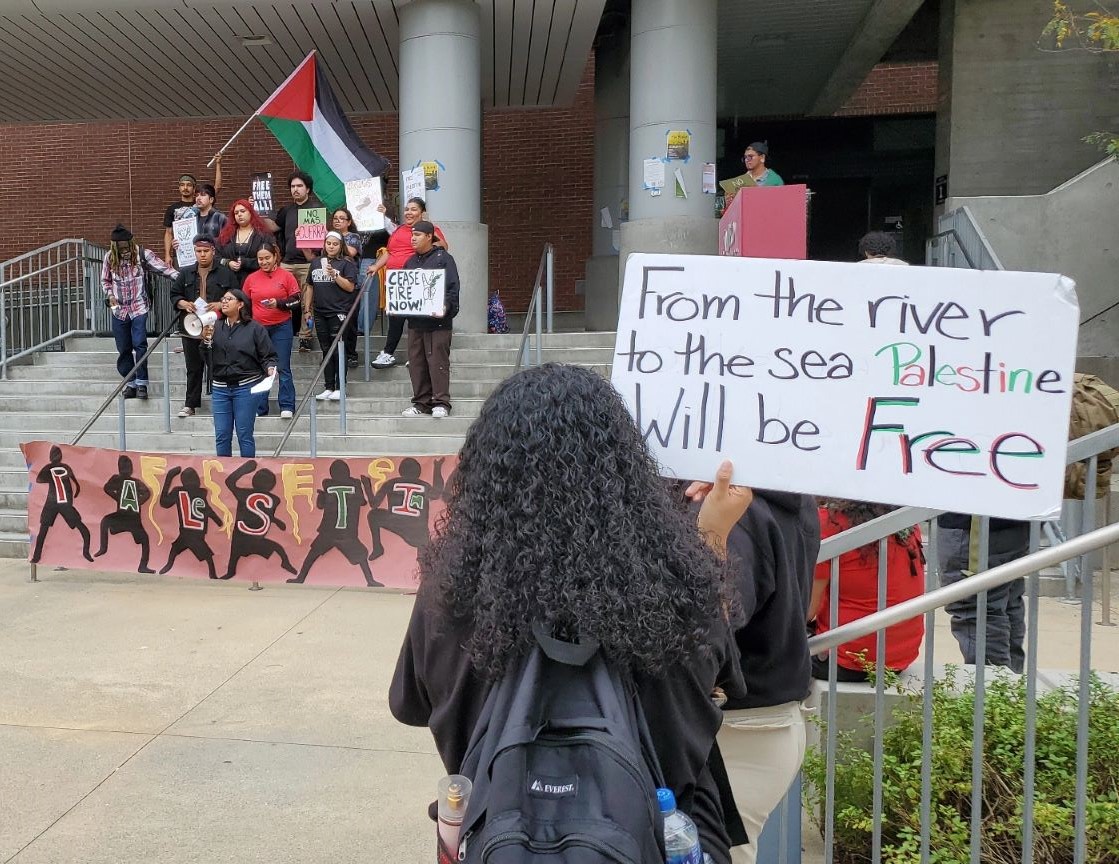In June 2013, after a long process of trying to get my paperwork together, the mailman finally arrived with my student visa. I was one step closer.
By Aug. 1, I basically had my life packed in a suitcase and a duffel bag. Flying 7,000 miles away from the Philippines by myself gave me a lot of time to process this big move. I wasn’t entering unknown territory, but the thought of living in a different country was exciting yet nerve-racking.
Within nine days of being in the U.S. I had my first taste of community college by going to the orientation where I, along with my fellow international students, were bombarded with information regarding how to maintain our status. I realized that this wasn’t going to be as easy as I thought it would be.
Within those first few hours, I was informed about the different rules and regulations for an F-1 student: I must be enrolled and successfully complete a minimum of 12 units per semester. If I am not enrolled in 12 units for a semester without approval I will be considered out of status and my I-20, a document issued by the DHS that allows me to be in school, will be terminated.
If my visa expires and I want to renew it, I would have to petition at least two months before leaving the country, make an advanced appointment with the U.S. Embassy in my home country — or the country I obtained my visa — for my interview, and just like getting my paperwork together, provide an original bank statement in the amount of $18,000 which covers a year’s tuition, fees and living expenses along with a new I-20.
Not only that, I need to have a modified health insurance that meets the needs of F-1 students i.e. evacuation and repatriation. If I needed to leave the country for leisure or other purposes, I would have to inform them and have a travel document signed a month prior. If you still don’t get it by now, basically being an F-1 student involves a lot of paperwork, being extra careful, and paying attention to a lot of detail.
I am not allowed to apply for a Social Security number unless it is approved for work. I can only work on campus for 20 hours a week, and 40 hours a week during school breaks. I can request a work permit to be able to work off campus, but I would have to pay $380. Oh, the irony.
Mind you, I can only apply for a work permit if I declare economic hardship, stating that there are substantial fluctuations in currency value exchange rate or other unforeseen circumstances and only then would my $380 fee be waived. In my opinion, isn’t studying in a different country, not being able to receive financial aid, and having to pay 10 times more than the rest of the student body, hardship enough? Is it going to be harder once I transfer to a university?
I grew up in a diverse family; I have been introduced to different cultures and was taught to be open-minded. It took about three months for me to adjust and get into a routine. I interestingly found myself using Google and YouTube for DIYs more than I expected. I was going to be fine. I didn’t have a hard time adjusting to the culture and I didn’t have to deal with language barriers.
Fortunately, I also have people to help me through this long, ongoing journey.
This is not an invitation to a pity party. I don’t want you to read this and feel sorry for international students. Everyone has a different experience and it varies case by case.
This is a mere glimpse into my life as an international student, a generalization of what we have to, and are willing to go through. Many times I find myself questioning my decisions. Many times I find it hard to convince myself that this will be all worth something in the long run.
It is a great experience, and a challenging one. The choice I made to move away from the comfort and luxury I have back home definitely made me more self-sufficient and independent. But sometimes — just sometimes — I can’t help but think, is the grass really greener on the other side?







